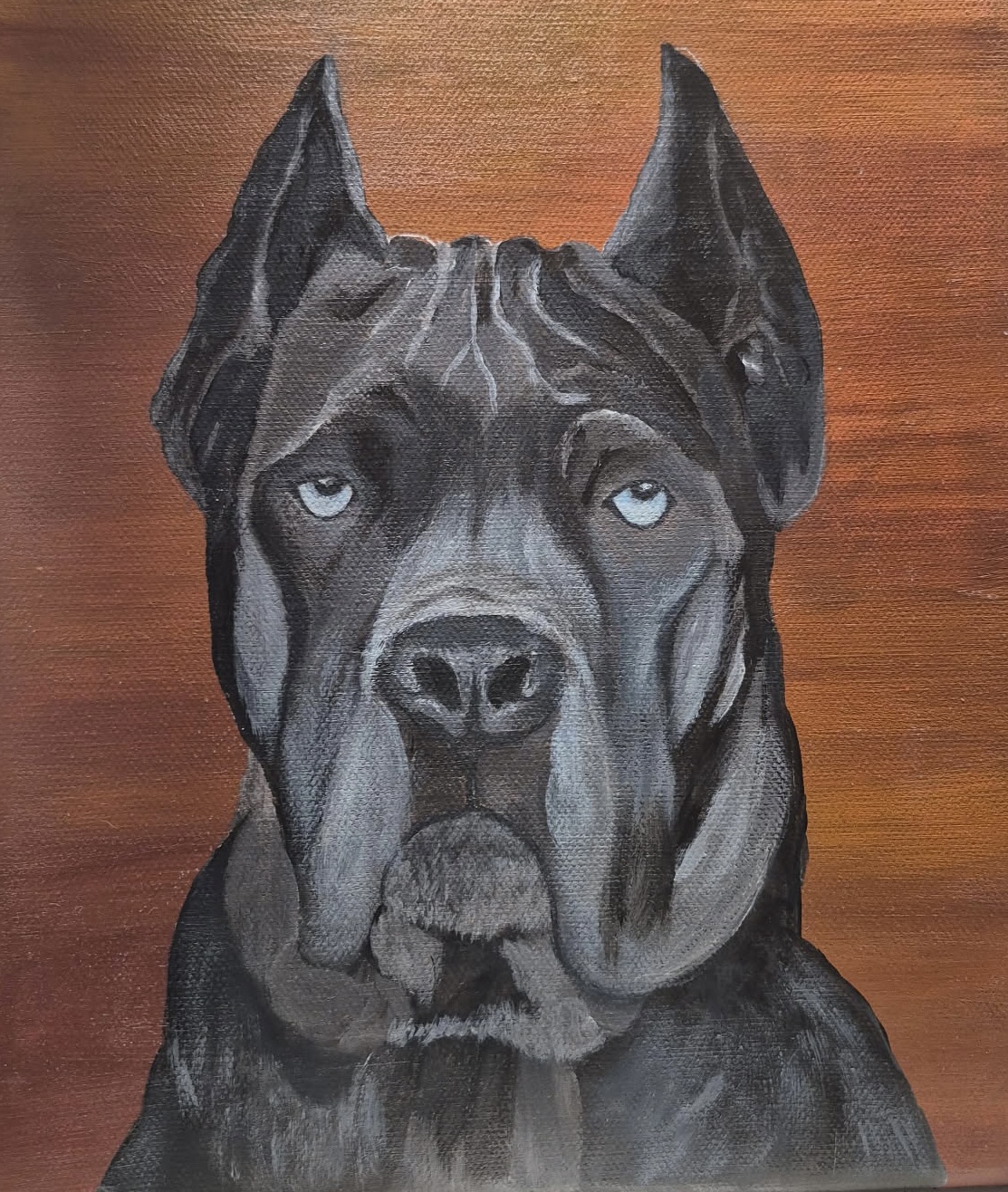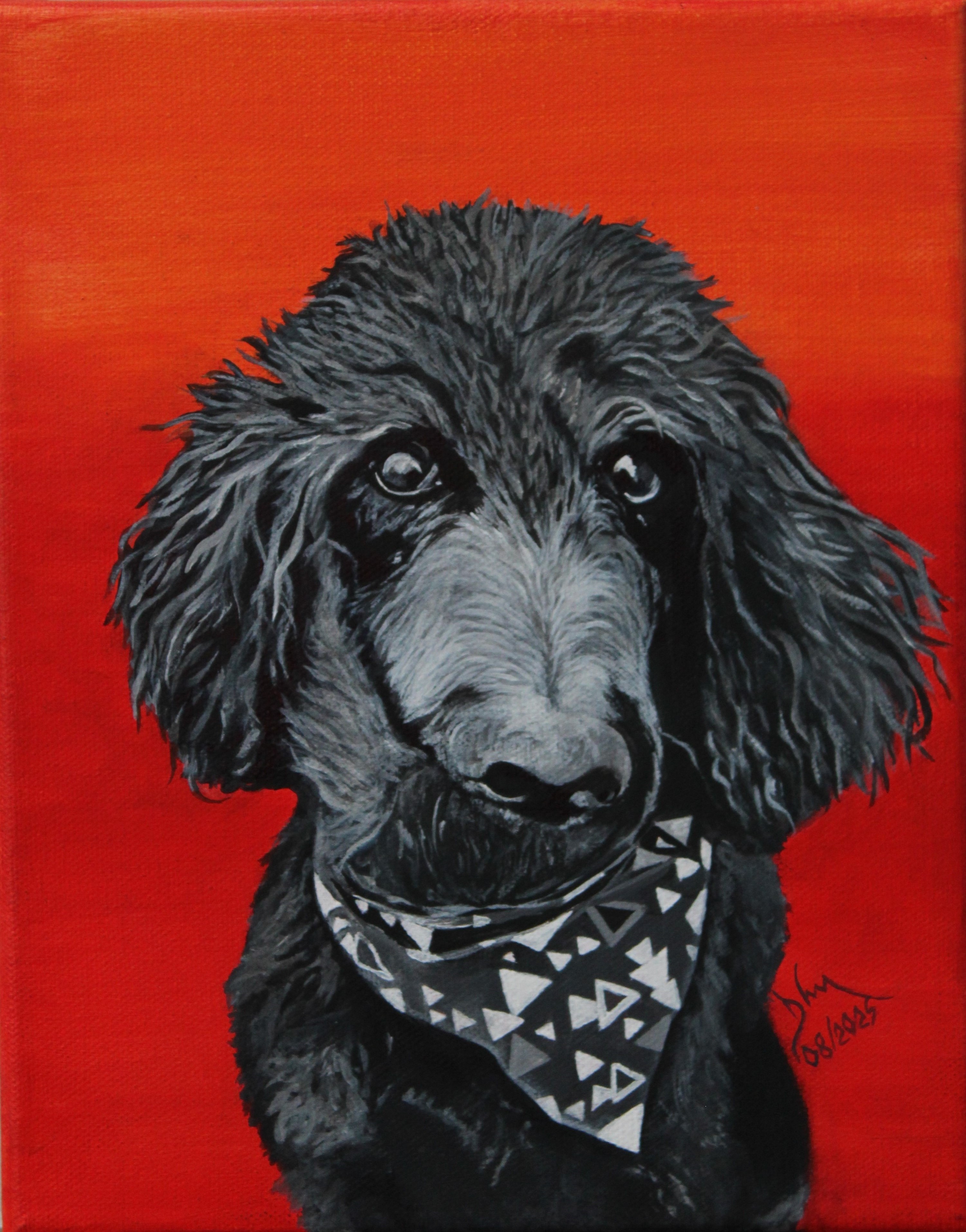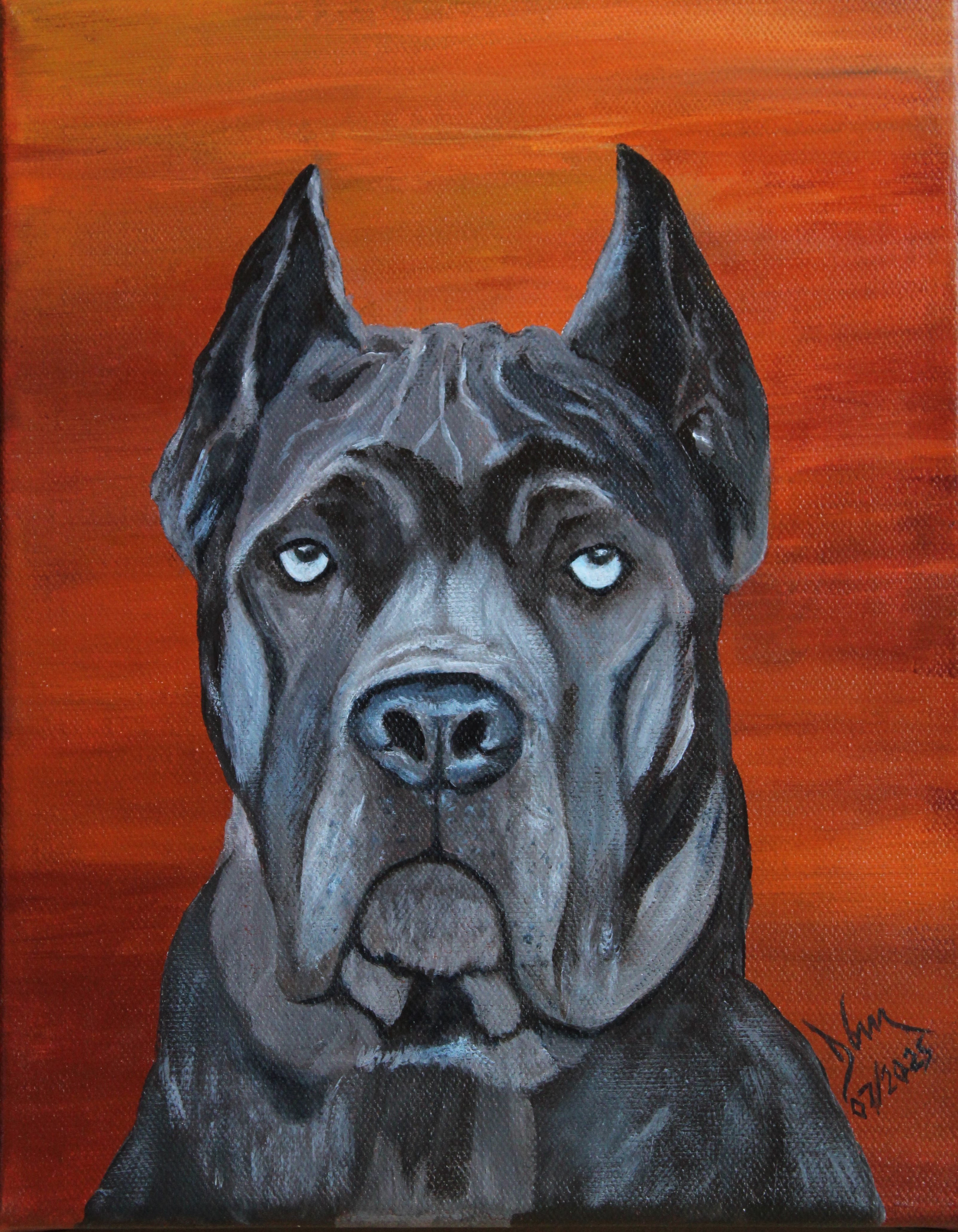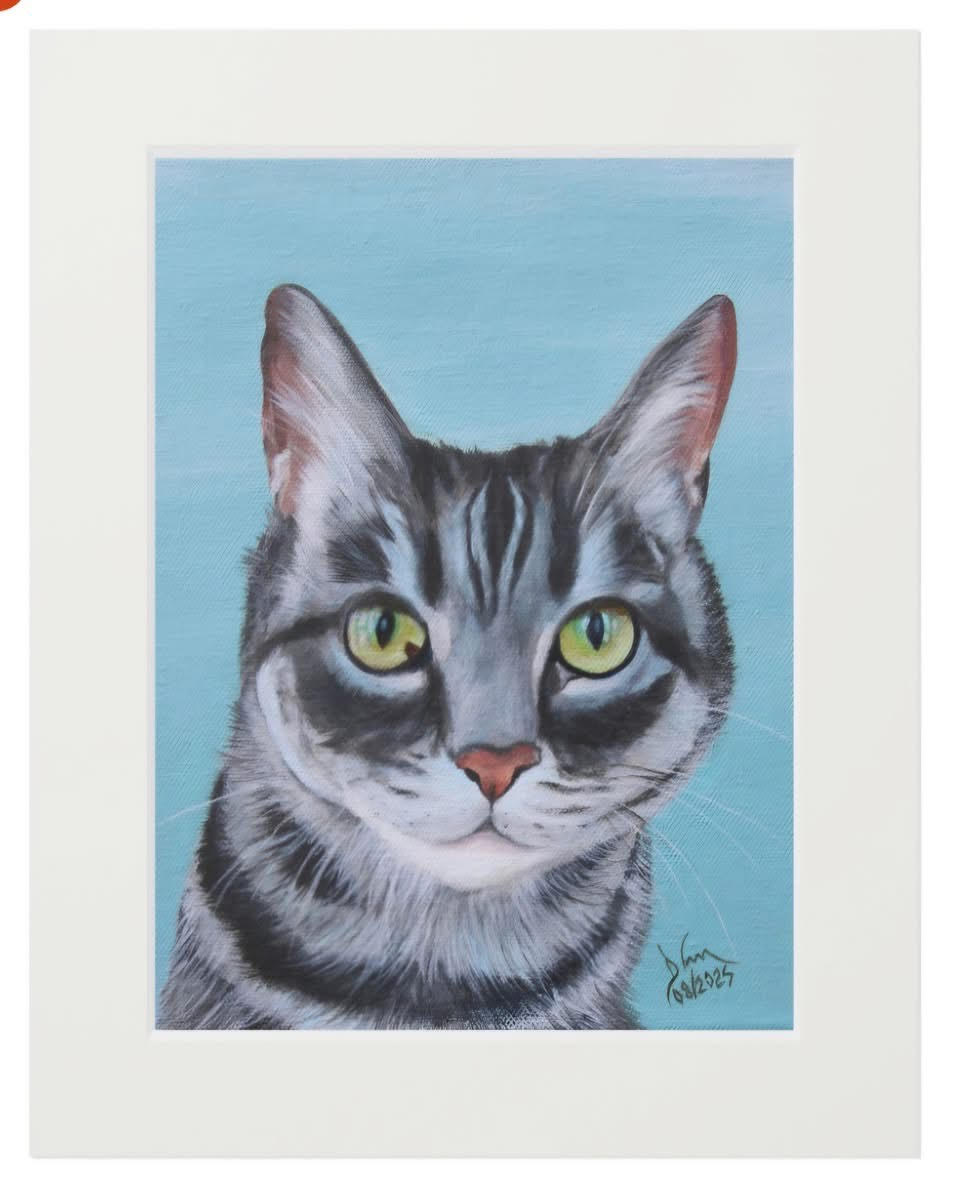Cane Corso Coat Colors
Topic: dogs
Summary: This blog post, titled "Cane Corso Coat Colors: What’s Standard, Rare, and Controversial?", explores the full spectrum of Cane Corso coat colors recognized by major kennel clubs. It explains the genetics behind these colors, which are accepted for showing, and which ones raise concerns around health or breed integrity.
Cane Corso Coat Colors: What’s Standard, Rare, and Controversial?

Click Here to buy this print.
One of the first things people notice about the Cane Corso is its stunning coat. From deep blacks to subtle brindles, Cane Corso coat colors are as diverse as they are beautiful.
In this guide, we break down the most common and rare Cane Corso colors, their genetic origins, and which ones are officially recognized.
🎨 AKC and FCI Standard Coat Colors
Both the American Kennel Club (AKC) and the Fédération Cynologique Internationale (FCI) recognize the following standard coat colors:
| Coat Color | Description |
|---|---|
| Black | Solid black, sleek and classic |
| Gray | Deep charcoal to steel blue |
| Fawn | Tan to light yellowish coat with black mask |
| Red | Rich, rust-toned coat with black mask |
| Brindle | Striped pattern over fawn or red base |
| Gray Brindle | Light to dark gray stripes on lighter base |
| Black Brindle | Black stripes over fawn or red base |
🧠 Fun Fact: Brindle is the most common Cane Corso coat worldwide.
🌈 Rare or Controversial Cane Corso Colors
❗ Colors NOT recognized by major kennel clubs:
- Blue (Dilute Gray): Considered gray in the standard, but unethical breeding for "blue" can lead to skin issues.
- Chocolate/Liver: Very rare, and often linked to crossbreeding.
- Merle: Not a natural Cane Corso color—highly suspect.
- Isabella (Lilac): Extremely rare and not officially recognized.
- White / Albino: May indicate genetic defects or crossbreeding.
⚠️ Warning: Unrecognized colors often come from unethical breeders aiming to charge more for "rare" looks at the expense of health and integrity.
🧬 Genetics Behind Cane Corso Coat Colors
Most coat colors are controlled by combinations of genes at the K (dominant black), A (agouti), and E (extension) loci.
Brindle is a result of:
- K^br (brindle gene) expressing over fawn or red
Black and gray depend on:
- Dominance of K^B (solid black) and dilution genes (D locus)
🐶 Do Coat Colors Affect Temperament?
No. There’s no evidence that coat color impacts behavior. A black Cane Corso is no more aggressive than a fawn one—it’s all about training, not genetics.
That said, darker dogs may appear more intimidating, which can influence human reactions and perceptions.
🧴 Coat Color and Grooming
Cane Corsos are low-maintenance shedders, but coat color can affect:
- Heat sensitivity (darker coats absorb more sun)
- Visibility of dandruff or shedding
- Shine and texture in sunlight
Brushing weekly and feeding a high-quality diet helps all coat colors stay healthy and vibrant.
🧠 Final Thoughts: Color With Character
Whether brindle, black, or fawn, Cane Corso coat colors are more than just a cosmetic feature—they reflect centuries of selective breeding and heritage.
When choosing your Cane Corso, prioritize health, temperament, and responsible breeding over color alone.





